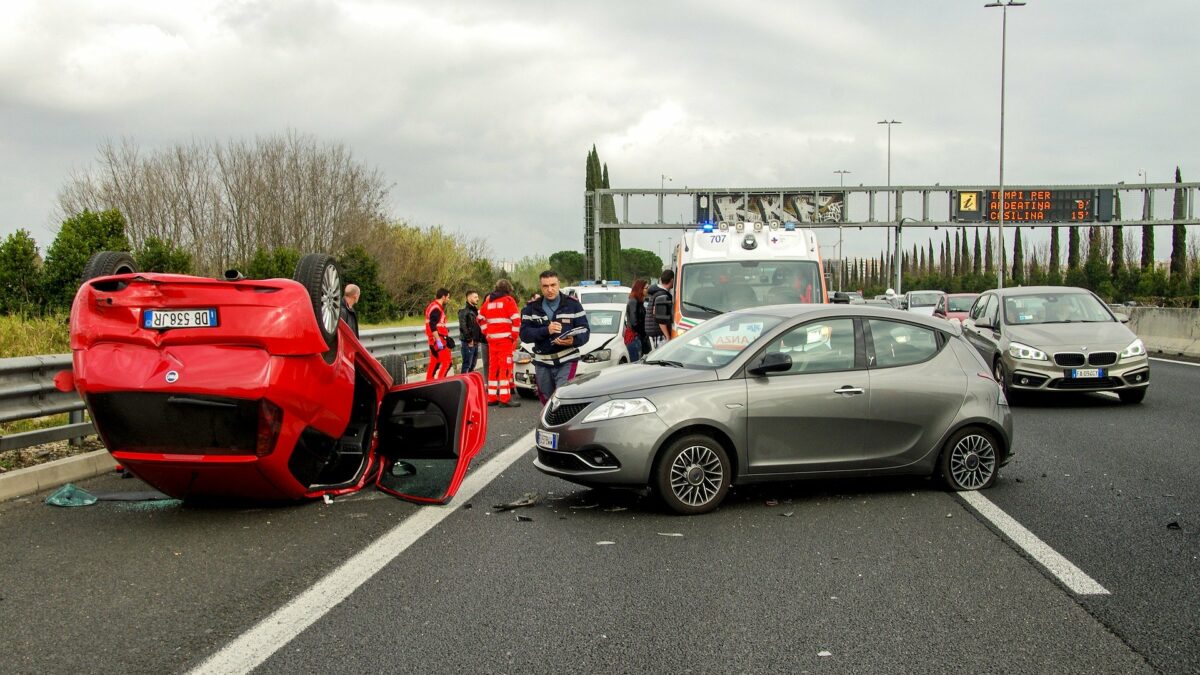
Navigating Personal Injury Claims in Jacksonville: The Role of a Dedicated Lawyer
April 19, 2024
Evolving Standards of Negligence in Personal Injury Law
April 19, 2024Hit-and-run incidents in California are, unfortunately, far too common, leaving victims with physical, emotional, and financial burdens. This article aims to shed light on the legal aspects of hit-and-run cases in California, outlining the rights of victims and the available remedies to seek justice and compensation.
Definition of hit-and-run as outlined in California Vehicle Code § 20002
According to California Vehicle Code § 20002, a hit-and-run occurs when a driver is involved in an accident resulting in property damage, injury, or death, and they knowingly fail to fulfill certain legal duties. These duties include:
- Stopping Immediately: The law mandates that drivers involved in accidents must stop their vehicles immediately at the scene or as close as possible without obstructing traffic, ensuring safety for themselves and others.
- Providing Information: Drivers must provide their name and current address, as well as the vehicle’s registration number and the name and address of the vehicle owner (if different from the driver), to the other party involved or to law enforcement if the other party is not present.
- Rendering Aid: If the accident results in injury to a person, drivers must also render reasonable assistance to any injured parties, including arranging for medical aid or transportation to a medical facility if necessary.
- Reporting to Law Enforcement: In cases where the accident involves injury or death, drivers must promptly report the accident to local law enforcement authorities. This report should include relevant details such as the location, time, and circumstances of the accident.
Types of Hit and Run Laws
Hit-and-run incidents are classified under different categories in California based on the severity of the offense and its consequences:
- Misdemeanor Hit and Run Laws: This typically applies when a driver leaves the scene of an accident involving only property damage, such as a parked car or a fence.
- Felony Hit and Run Laws: These are applicable in cases where the accident results in injury or death to another person, and the driver leaves the scene without providing assistance or necessary information.
Legal Rights and Remedies
Understanding your legal rights and available remedies as a hit-and-run victim is crucial for seeking fair compensation and holding the responsible party accountable.
Right to Compensation
Hit-and-run victims have the right to seek compensation for medical expenses related to injuries sustained in the accident. This can include costs for medical treatment, rehabilitation, and ongoing care.
Property Damage Claims
You can pursue damages for property damage to their vehicle or other property affected in the hit-and-run incident. Insurance coverage and legal actions against the perpetrator may help recover these losses.
Legal Recourse
Victims can explore legal avenues to seek justice and compensation, including filing insurance claims, pursuing civil lawsuits against the responsible party, and supporting criminal charges if the perpetrator is identified.
For personalized legal guidance and support throughout this process, consider consulting with a Glendale car accident attorney. They can help protect your rights, navigate complex legal procedures, and work towards securing the compensation you deserve.
Conclusion
Understanding hit-and-run laws in California empowers victims to assert their legal rights and pursue justice effectively. By taking prompt action, seeking legal support, and leveraging available resources, hit-and-run victims can navigate the challenges they face and work towards securing the compensation and closure they deserve.



